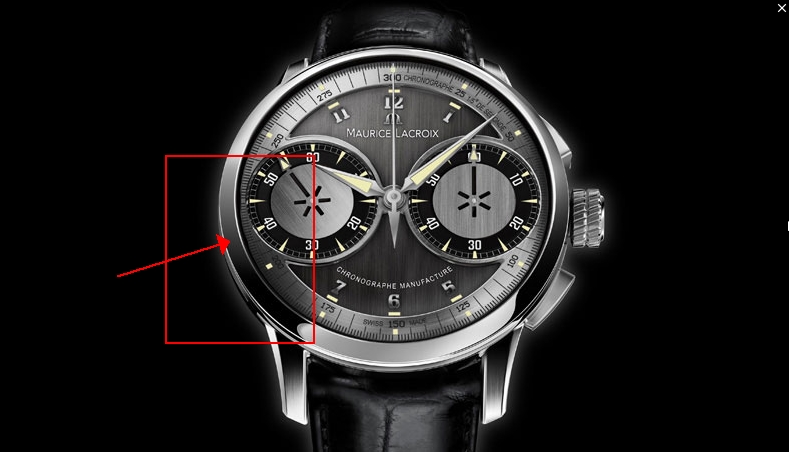I would love to achieve same reflections. Anyone have any idea how they set up the lights?
http://www.i-reel.fr/#/maurice-lacro...iece-memoire-1
http://www.i-reel.fr/#/maurice-lacro...iece-memoire-1
 I think you need also be prepared to spend some time and patiently tweak your rig to get such nice lighting.
I think you need also be prepared to spend some time and patiently tweak your rig to get such nice lighting. with mapped vray lights.
with mapped vray lights.
Comment